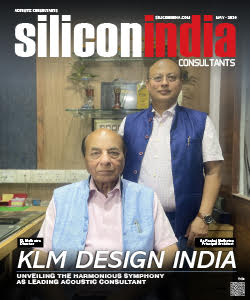Now, Wearable Robot To Help You Perform Household Tasks
While a hand may reach out and grab an orange in a different way than, say, a mug, just two general patterns of motion are used to grasp objects: bringing the fingers together, and twisting them inwards. A grasp of any object can be explained through a combination of these two patterns. The researchers hypothesised that a similar "biomechanical synergy" may exist not only among the five human fingers, but also among seven.
To test the hypothesis, graduate student Faye Wu wore a glove outfitted with multiple position-recording sensors, and attached to her wrist via a light brace. She then scavenged the lab for common objects, such as a box of cookies, a soda bottle, and a football. Wu grasped each object with her hand, then manually positioned the robotic fingers to support the object. She recorded both hand and robotic joint angles multiple times with various objects, then analysed the data, and found that every grasp could be explained by a combination of two or three general patterns among all seven fingers.
The researchers used this information to develop a control algorithm to correlate the postures of the two robotic fingers with those of the five human fingers. "This is a prototype, but we can shrink it down to one-third its size, and make it foldable," Asada said. "We could make this into a watch or a bracelet where the fingers pop up, and when the job is done, they come back into the watch. Wearable robots are a way to bring the robot closer to our daily life," Asada said.
Read More: Obi Mobiles Launches Its Flagship Smartphone Octopus S520

.jpg)



